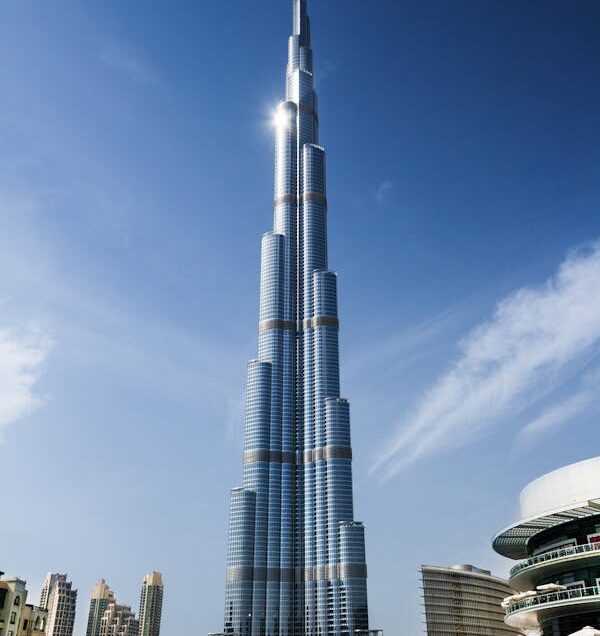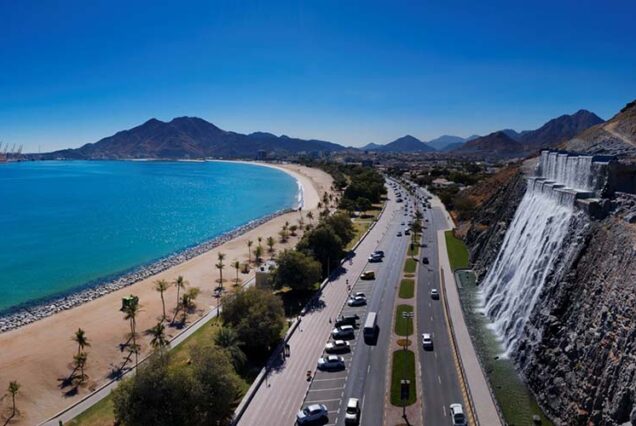Dubai, one of the seven emirates that constitute the United Arab Emirates (UAE), has emerged as a global city known for its rapid development, futuristic skyline, and cosmopolitan culture. Located on the southeast coast of the Persian Gulf, Dubai has transformed from a modest fishing village into a major international business and tourism hub. This essay explores Dubai’s historical background, key political developments, socio-economic conditions, and its role in regional and international contexts.
The leadership of Sheikh Rashid bin Saeed Al Maktoum, who ruled from 1958 to 1990, was instrumental in laying the foundations for modern Dubai. Recognizing the finite nature of oil reserves, Sheikh Rashid embarked on a strategy of economic diversification. Major infrastructure projects, such as the construction of Port Rashid, Dubai Drydocks, and the Dubai World Trade Centre, were initiated to transform the city into a global trading and business center.
The subsequent leadership of Sheikh Mohammed bin Rashid Al Maktoum, who became the ruler in 2006, has continued this vision with even greater ambition. Sheikh Mohammed’s strategic initiatives have positioned Dubai as a leader in finance, tourism, real estate, and technology.




